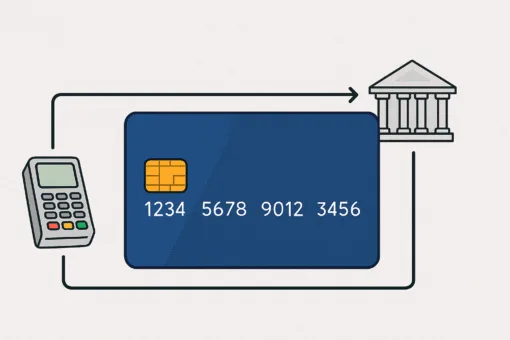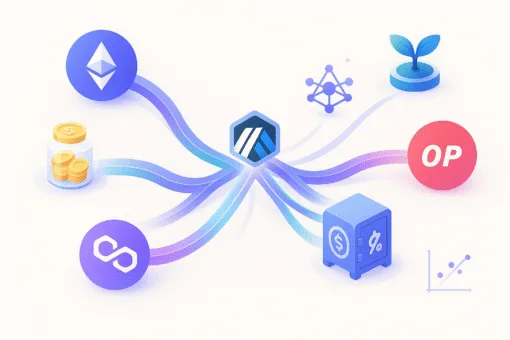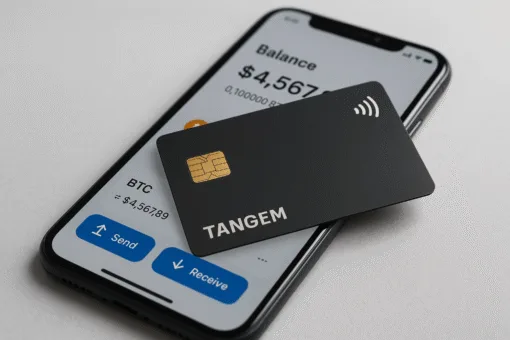Recent news that BBVA is shutting down neobank Simple, that it had acquired for $117 million a few years ago, is telling us one thing: banks cannot buy their way into innovation. It is a pity because at the time of the acquisition in 2014, Simple was a neobank at the forefront of the US fintech industry. As we have said before, partnerships between banks and fintechs can be a good idea. But that’s not the same thing as an acquisition though. The execution is slightly more complicated with the latter.
The BBVA-Simple failure is not the first or the last time that a big company acquires an up-and-coming startup thinking it would help their strategy and innovation agenda. There are plenty of examples throughout the years. Without perhaps realising that post-merger integration is quite hard. And there is a twist in financial services because historically, banks’ integration have been notably complex. Which is comically down to the banks’ constant inability to properly integrate previous acquisitions…
How come banks cannot buy their way into innovation?

If you have worked in these types of roles, you can probably visualise the investment bankers’ pitch decks from here. “If bank A acquires fintech or neobank B, it will leap forward in terms of innovation”. M&A logic makes sometimes sense, for instance combining two banks to get scale in terms of balance sheet. It’s a bit trickier with innovation. You cannot just throw money at the problem. Banks cannot simply buy their way into innovation. It is easy to come up with a strategy to merge two sets of financial accounts. A good cocktail of spreadsheets and clever accounting. A bit harder to figure out what products, services or brands to keep post-merger. Keeping the innovation spark of a startup that is miles away in terms of culture: call Tom Cruise, it’s close to Mission Impossible.
Not totally fair, as it sometimes works. But most of the time, the incumbents have non-existent or misguided strategies for post-merger integration.
And that’s a big problem when you know that in general, acquisitions’ integrations fail. Acquisition and not merger because in practice, the latter rarely happens. The reality is that someone is being bought by the other. Plenty of reasons for failure nonetheless, as DealRoom points out. All-in-all, most are bad deals fuelled by the hubris of a few execs. It is fairly easy to buy a company. Even more nowadays as debt is dead cheap, so you can finance the deals easily. It is however hard to make the most of an acquisition and integrate it properly.
Corporate and startups: two worlds collide

It’s blatantly obvious that for Simple, there was no integration strategy. Just buying it and let it be. That can actually be a strategy. You can leave it as a standalone business, but there needs to be a plan. Will you move all your customers to that platform over time? Invest and grow it as a performing standalone business, like HSBC with First Direct?
RBS tried to buy Monzo a few years ago (to be fair, what they did with Bo instead was an even bigger waste of money). There are rumours that Lloyds Banking Group is thinking about buying Starling Bank. But what’s the rationale here? Is it because they have acquired lots of customers? Are you sure you won’t break the growth and innovation engine?
Incumbents and neobanks operate and innovate in a very different way. The organisational and business models are at odds. That is why it is hard to bring the two together. More often than not, it just dies. The reason tech companies like Google or Apple can do it more successfully is that they are closer in terms of set up. That is not the case for banks.
Banks have a history of poor post-merger integrations. Most of the banking behemoth born out of a dozen or more mergers and acquisitions are a mess in terms of tech. Some still run on different systems decades after the deal was done.
Banks can(not) buy their way into innovation

There is also another way to look at this story.
It is also possible that this failure was BBVA’s plan all along. Acquiring a potential competitor to shut it down. Big companies do that a lot as well. That’s basically the reason why the US Department of Justice blocked the Plaid-Visa deal recently. They argued that the motive for the deal was to kill a nascent threat.
In terms of innovation, the conclusion is the same though: banks are inherently bad at it. Therefore, banks buy their way into innovation by acquiring smaller competitors, to shut them down so that no-one innovates more than them. If you keep the bar low enough, you can jump. Otherwise, you would not feel threatened by a much smaller player. Banks need to build these innovation muscles. To change the way they are set up to be better at it. Because one day a startup will emerge, refuse to be bought and eat your lunch.

















